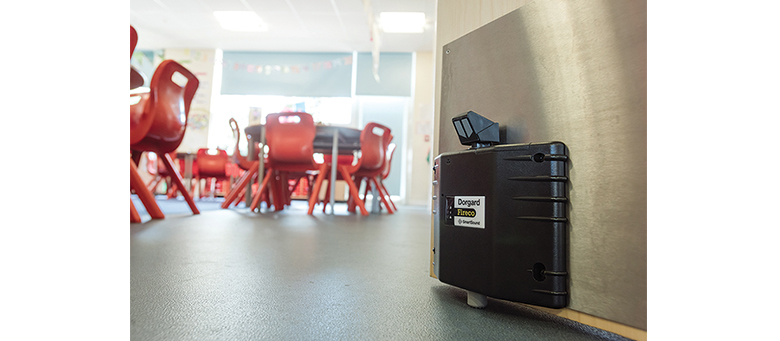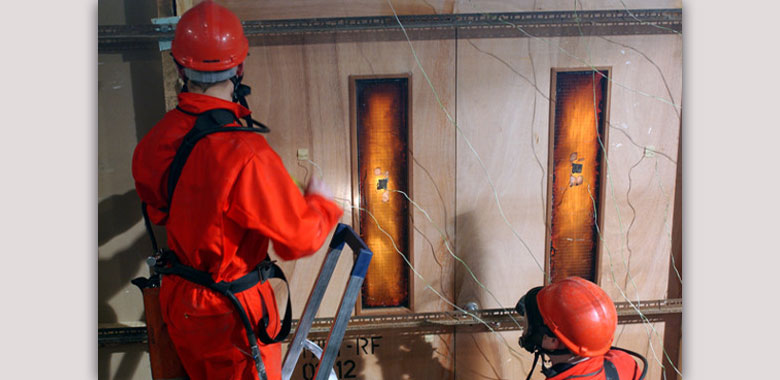False alarms: A burning issue
The Fire Industry Association estimates that false alarms are costing the UK taxpayer in excess of one billion pounds every year.
As well as this financial burden, high levels of unnecessary alerts also have other negative consequences for both fire services and businesses.
A recent Government report suggested the average response time to non-domestic building fires in England and Wales in 2014-15 was 8 minutes 28 seconds, an increase of 21 seconds from the previous year.
Not only do false alarms distract fire and rescue teams from attending genuine incidents, they can also cost businesses significant amounts of money from lost worker productivity and, in some cases, fines.
There are a number of simple actions that organisations can take to reduce false alarms in their premises.
According to Government figures, nearly two thirds of false alarms are due to apparatus issues. In England and Wales alone, faulty equipment accounted for more than 141,000 incidents in 2015. In most cases, this is due to improper maintenance or installation, as even the most high-spec fire safety equipment can malfunction if neglected or fitted incorrectly.
By choosing a reputable installer to fit intelligent, high integrity systems, building owners and managers can help minimise any potential issues from the moment of installation.
During the lifecycle of the fire safety system, regular inspections and servicing of equipment must be undertaken and recorded in a logbook according to recommendation BS 5839. By doing this, building owners and managers can accurately build up a pattern of false alarms, as well as stay on top of the required maintenance processes, ensuring compliance.
By taking simple steps to confront the issue of false alarms, building managers and owners can help increase occupant safety and avoid the legal and financial ramifications.
For more information, including a free-to-download white paper on the subject, visit www.hochikieurope.com.
















